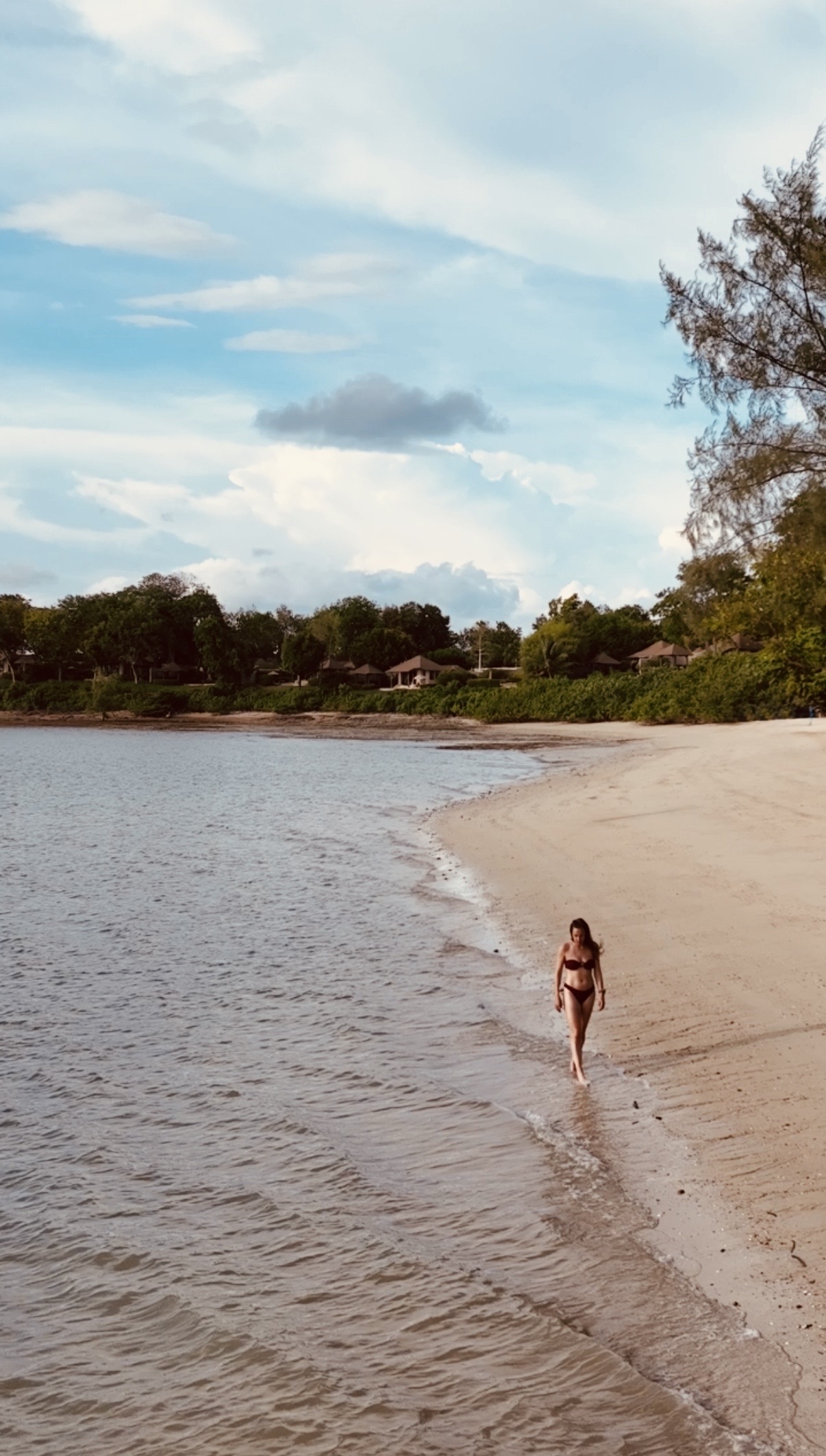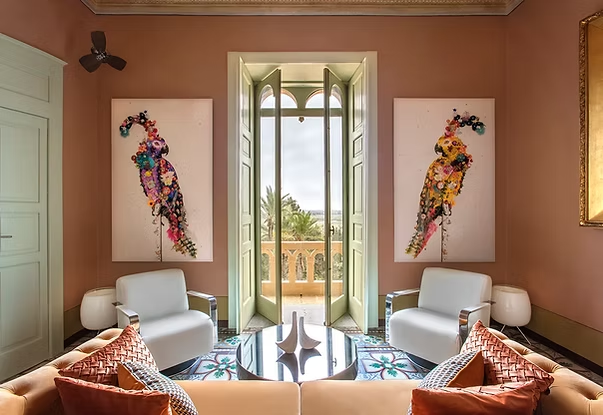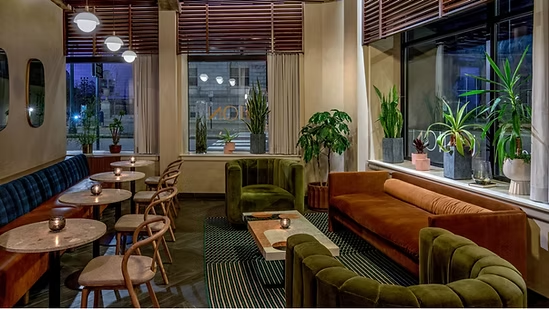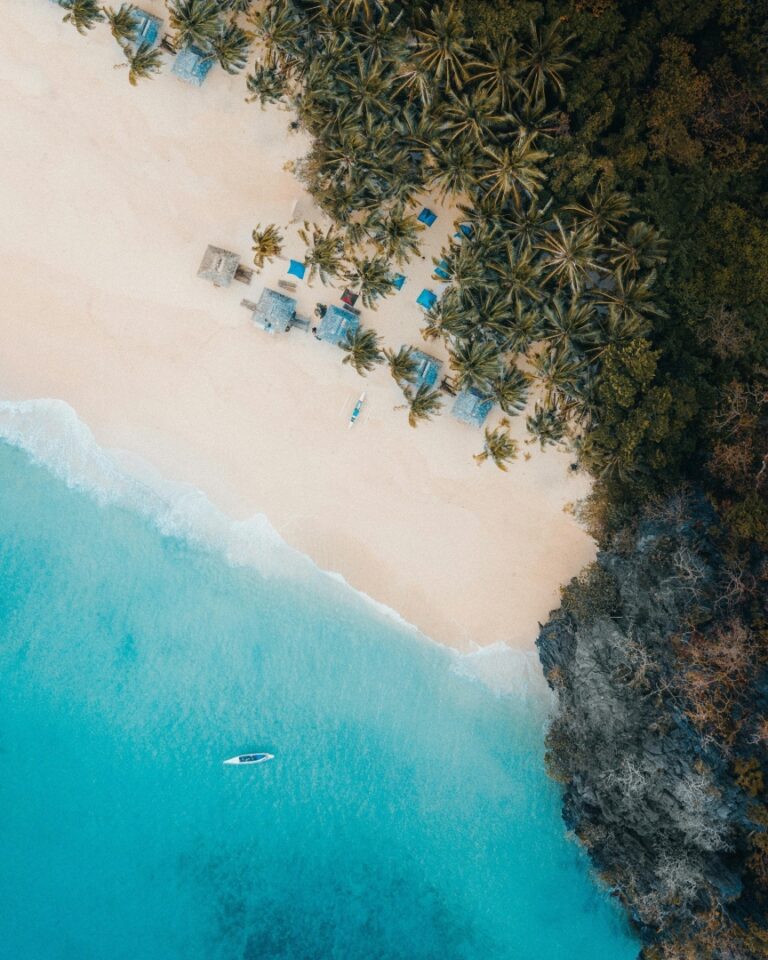
In a world that moves as a breakneck past, the concept of slow travel provides a welcome change of pace (literally). It’s not about checking off every landmark you can fit in, or racing against the clock to see as much as possible. It’s about immersing yourself in the rhythm of a destination, savoring each moment, and leaving behind a gentler footprint. Sounds nice right?
Slow travel isn’t just a trend, though travelers are exhausted and research shows they prefer quieter places with less people and to extend stays longer. It’s a return to mindful exploration and having the utmost respect for the places we visit. Ever heard “I need a vacation from my vacation”? Maybe you felt it yourself. That’s a sign that slowing down on your next journey could benefit both you and the planet.
In this editorial we’ll explore some of the world’s most captivating, sustainable destinations where you can travel with purpose, move at a leisurely pace and connect with local cultures that will leave both you and the planet better for it. I know, I’m drooling at the thought too.
What is “Slow Travel”?
The origin of slow travel can be traced back to the Slow Food Movement that began in Italy in the 1980s. The movement was created as a response to the rise of fast food and the increasingly industrialized food industry. The goal was to promote local, sustainable and traditional food production methods focusing on quality, locality and the experience of eating. Ever heard the term “savor your food”? As the movement gained momentum it started inspiring other slow philosophies across various aspects of life, including travel.
This need to slow down can also be tied back to the mindfulness movement, promoting intentionality, and being in the present moment. Similar to planting our feet in the ground or savoring our food, slow travel encourages travelers to savor the journey, prioritize local experiences, and move away from mass tourism that often depletes natural resources and overwhelms communities. In today’s burnout society, it’s become a need instead of a want.
Why is it becoming popular now?
Where do I even begin aside from the fact that we’re all f*ing exhausted? While the slow travel concept has been around for decades, it’s been picking up in popularity for a number of reasons.
1. Overconsumption and the desire for meaningful experiences
In the times of Social Media, where we are constantly bombarded with stimuli in both our personal and professional lives the desire for meaningful experiences is more profound than ever. Add in a pandemic with a world shut down and people are increasingly seeking ways to connect with the destinations they visit on a deeper and more personal level. This deeper connection to a place resonates with many who feel that traditional tourism, often marked by mass sightseeing and over-tourism, fails to offer lasting memories or personal growth.
2. Rising environmental awareness and a quest for digital detox
With climate change and environmental impact at the forefront of global conversations, many people are becoming more conscious of how their actions affect the planet. Over-tourism is out, as it’s known to strain resources, pollute the environment, and stress local communities. There’s an ever increasing urge to reduce eco footprints, support local, and travel with a mindful and respectful perspective.
You’d have to live under a rock to not know we’re living in the digital age. With constant notifications, social media updates, and instant access to information at our fingertips it’s led to a burnt out culture. Don’t even get me started on the affects social media has on our mental health and the addictions we have to our phones. Slow travel invites us to embrace time away from the digital world, and rediscover the art of being present.
3. Support for local economies
In contrast to mass tourism and “tourist traps”, which often benefit large corporations or international hotel chains, slow travel focuses on supporting local economies and small businesses. Travelers are more inclined to stay in smaller boutique or locally owned accommodations, eat at family run restaurants (the food is way better and usually cheaper so this is a no brainer), and shop at local artisan markets for souvenirs and gifts. This also ties back to the desire to immerse oneself in a new culture and learn something new, while bringing home meaningful life long memories.
4. The growth of remote work and digital nomadism
I think we can all agree that one positive thing that came from the pandemic was the rise of work flexibility and remote work, especially for industries who never thought it was possible. This rise in remote work opportunities and digital nomad lifestyle has played a significant role in the popularity of slow travel. More people than ever have the flexibility to travel while maintaining their jobs, or working from a place allows a more local and realistic experience. Rather than rushing through a vacation to get back to work, travelers are choosing to stay longer (when possible) and experience life as a local would.
What are the best destinations for Slow Travel?
I’m glad you asked. Think – cozy, quiet, towns; nature escapes; local cuisine; and the ability to turn your phone off (but maybe just airplane mode so you can still take pictures). Below are some of our favorite destinations for your next slow travel journey.
Slovenia
Why it’s ideal for slow travel: Slovenia has become a leader in sustainable tourism, and it’s one of Europe’s best-kept secrets for eco-friendly travel. The country offers an array of natural landscapes, including lakes, forests, and mountains. Slovenia is a green destination, with a focus on organic farming, eco-lodges, and sustainable practices in tourism. Ljubljana, the capital, has even been named the European Green Capital – we love to see it.
Slow travel experiences: Visit Lake Bled for a tranquil retreat, explore Triglav National Park, or cycle along the scenic wine routes of the Vipava Valley. Slovenia’s size makes it perfect for slow, sustainable exploration with ease.
Stay: Kendov Dvorec
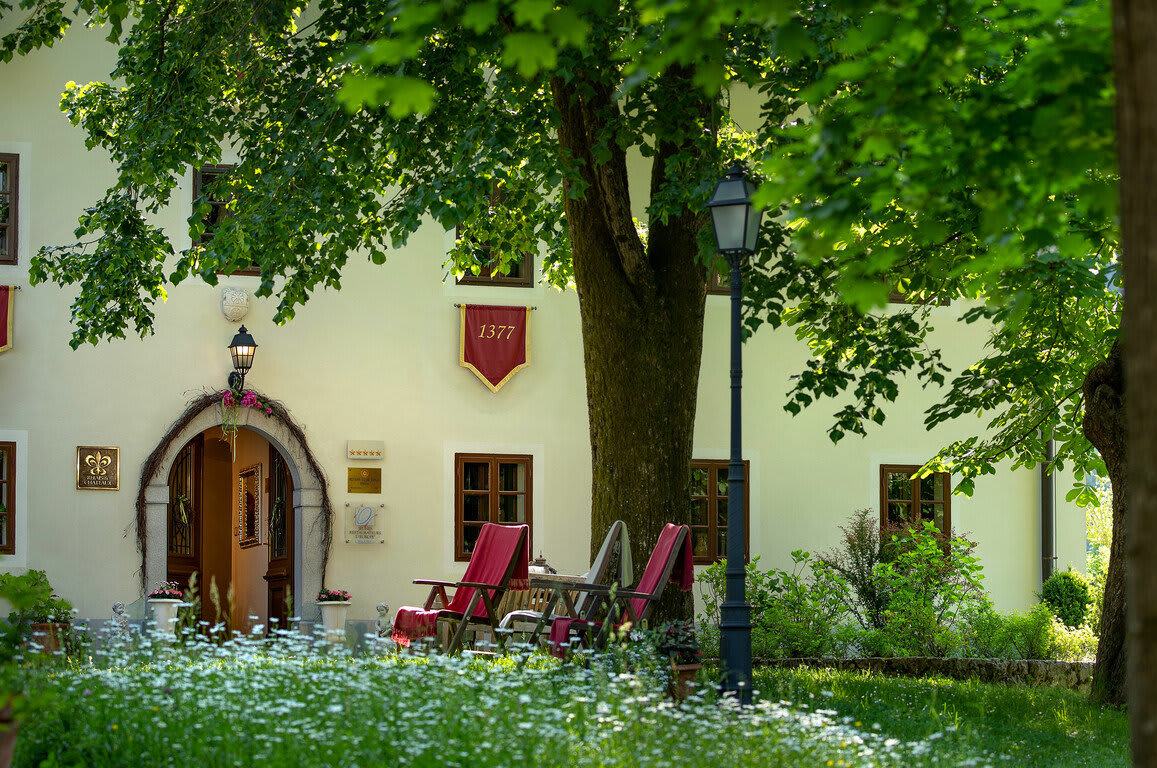
In the local region of Idrija, which is known for it’s lae and mercury mines, stands an eight hundred year old village named Spodnja Idrija. The Kendov Dvorec manor house, whose origins date back to 1377, can be found here. With amazing landscapes that are etched into the limestone, it’s ancient interior gives this traditional Slovene residence a unique style, cozy vibes, and a load of history.
Japan
Why it’s ideal for slow travel: While certain parts of Japan are as bustling as ever, it’s still an incredible place to visit if you’re looking to slow down and experience a place. Japan is praised for being focused on cultural immersion, efficient and clean transportation, and the desire for authentic and unique experiences. They also place a strong emphasis on environmental awareness and sustainable practices.
Slow travel experiences: Stay in a Ryokan for a true Japanese experience, attend a tea ceremony, go hiking in Hokkaido, Shikoku, and Kyushu, visit shrines and temples, explore an Onsen, visit lesser known towns like Hagi in Yamaguchi Prefecture or Morioka in Iwate Prefecture.
Stay: SOWAKA Kyoto
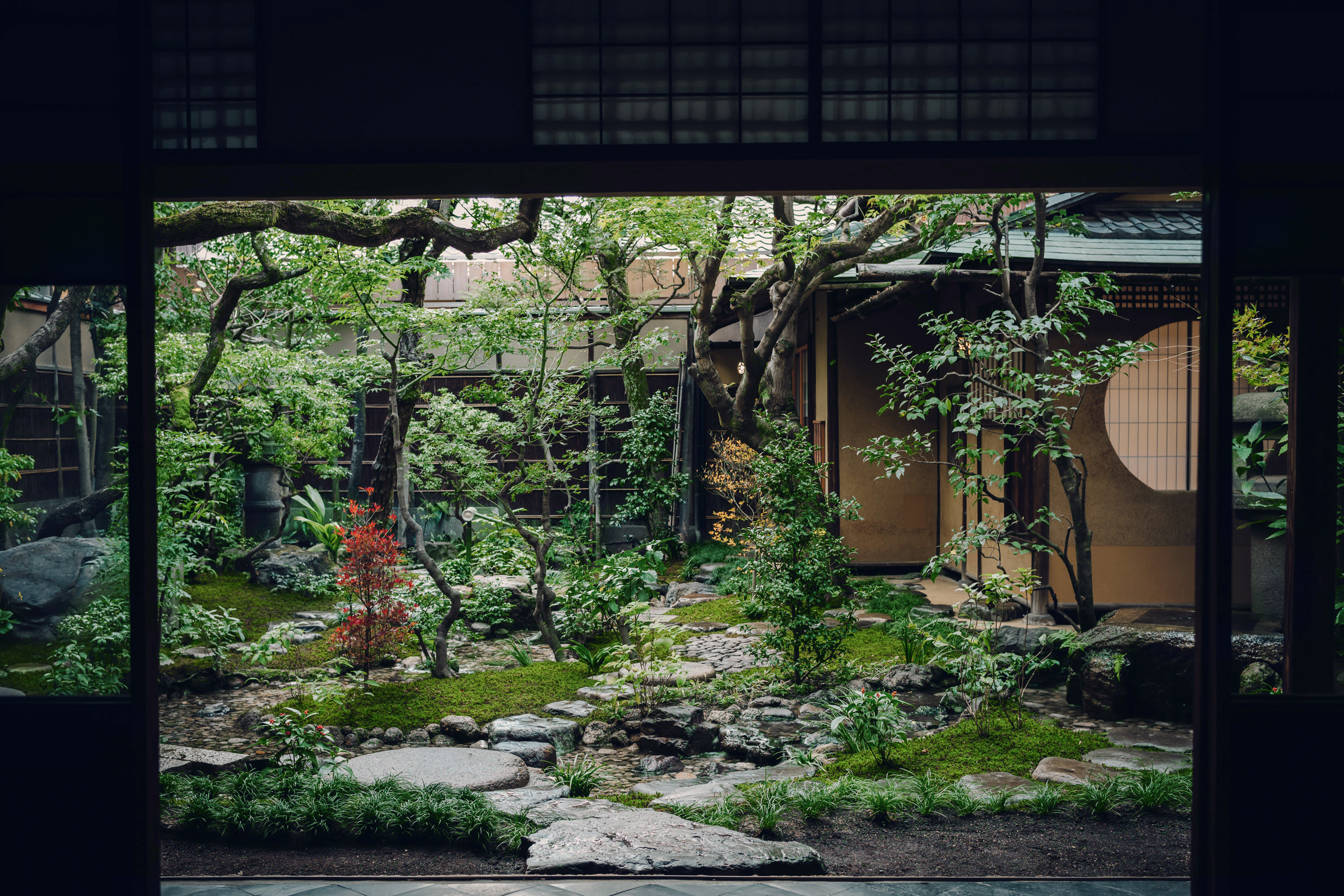
Bringing the concept of ryokan elegantly up to date is the Sowaka Kyoto. A serene haven, fusing time and honored design elements with real comforts. It’s a perfect place to escape after a long day of exploring, with cashmere mattresses, private gardens, and Michelin starred dining. Check, check and check.
Costa Rica
Why it’s ideal for slow travel: Known for its biodiversity and lush ecosystems, Costa Rica is perfect for eco-conscious travelers. The country has made significant strides in sustainability, with much of its land protected as national parks and wildlife reserves. Costa Rica has a strong commitment to renewable energy, and over 98% of its electricity comes from renewable sources. Of course it’s also known for the “Pura Vida” lifystyle which promotes relaxation, appreciating the present moment, and finding joy in small things. Chefs kiss.
Slow travel experiences: Stay in eco-lodges in remote areas like the Osa Peninsula or the cloud forests of Monteverde, visit the country’s incredibly diverse national parks, explore wildlife sanctuaries, eat local foods, go hiking to a waterfall.
Stay: Rio Perdido
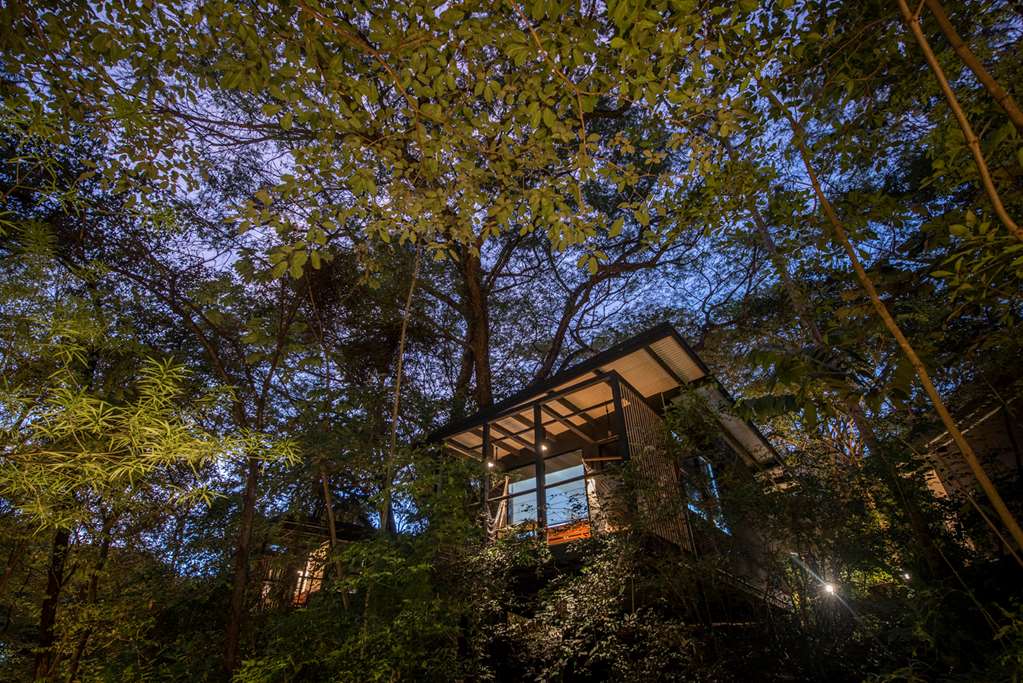
If you want nature, Rio Perdido is mother nature’s playground. Set up high in 6700 acres of forest, this gem feels like one of the lost wonders of the world. Elements inspired by the thermal gorge and natural hot springs, alarm clocks the call of a Capuchin monkey, and dining experiences set high above the flowing river make this a unique and dreamy place to be. Go zip lining through the forest, explore the mineral pools or natural hot springs, or enjoy a mud bath with volcanic mud, this will be a place you don’t want to leave.
In conclusion, slow travel is becoming more than just a buzzword. It’s a cultural shift that needs to happen and is changing values around how we experience the world we live in. In a time where rapid and high stress lifestyles are the norm, what if you took a minute to slow down, take a deep breath, and appreciate the beauty of what’s around you.
